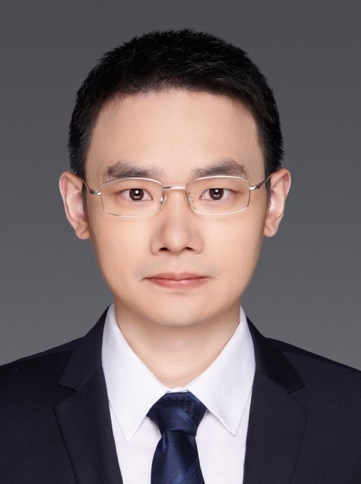
研究方向:
基因在特定时间和空间的表达决定细胞的功能和命运,我们实验室致力于建立具有空间、时间和单细胞分辨的测序技术,并应用这些测序技术在时空维度探究基因表达调控和疾病致病机理。具体的研究内容包括以下两方面:(1)开发新型空间测序技术。基于成像的空间测序技术相比单细胞测序技术具有更为精准的分子分辨率,并且能提供更多层次的信息,包括组织结构、细胞分布特征、基因亚细胞定位等,空间测序被认为是单细胞测序之后另一个测序领域的研究热点。现有空间测序技术主要集中于转录组,我们建立新型空间测序技术,测定其他组学数据,并整合建立空间多组学技术,在分子分辨率同时精准测定多个组学的信息,促进对于RNA生物学和基因表达调控的认识。(2)应用空间测序技术探究疾病致病机理。对生命认识的加深依赖于技术的不断进步,基于我们在空间测序领域的技术优势,结合开展多学科交叉研究的经验,我们从分子层面深入探究神经退行性疾病和肿瘤等重大疾病的致病机理,探求基因表达改变与疾病病理表型之间的因果关系,并寻找干预位点作为潜在的治疗靶点。
代表性科研论文:
1. H Zeng#, J Huang#, J Ren#, C K Wang, Z Tang, H Zhou, Y Zhou, H Shi, A Aditham, X Sui, H Chen, J A Lo, X Wang*. Spatially Resolved single-cell translatomics at molecular resolution. Science (2023) 380, eadd3067. (Highlighted in the Nature Reviews Genetics and Nature Methods).
2. J Ren#, H Zhou#, H Zeng#, C K Wang, J Huang, X Qiu, X Sui, Q Li, X Wu, Z Lin, J A Lo, K Maher, Y He, X Tang, J Lam, H Chen, B Li, D E Fisher, J Liu, X Wang*. Spatiotemporally resolved transcriptomics reveals the subcellular RNA kinetic landscape. Nat. Methods (2023) 20, 695–705.
3. H Zeng#, J Huang#, H Zhou#, W J. Meilandt, B Dejanovic, Y Zhou, C J. Bohlen, S Lee, J Ren, A Liu, Z Tang, H Sheng, J Liu, M Sheng*, X Wang*. Integrative in situ mapping of single-cell transcriptional states and tissue histopathology in a mouse model of Alzheimer's disease. Nat. Neurosci. (2023) 26, 430–446.
4. H Zeng#, M Mondal#, R Song#, J Zhang, B Xia, M Liu, C Zhu, B He, YQ Gao* and C Yi*. Unnatural cytosine bases recognized as thymines by DNA polymerases via the formation of the Watson-Crick geometry. Angew. Chem. Int. Ed. (2019) 58, 130-133.
5. H Zeng#, B He#, C Yi*. Compilation of modern technologies to map genome-wide cytosine modifications in DNA. Chembiochem (2019) 20, 1898-1905. (Review)
6. H Zeng#, B He#, B Xia, D Bai, X Lu, J Cai, L Chen, A Zhou, C Zhu, H Meng, Y Gao, H Guo, C He*, Q Dai*, and C Yi*. Bisulfite-Free, Nanoscale Analysis of 5-Hydroxymethylcytosine at Single Base Resolution. J. Am. Chem. Soc. (2018) 140, 13190-13194.
7. H Zeng#, B He#, C Yi*, and J Peng*. Liquid biopsies: DNA methylation analyses in circulating cell-free DNA. J. Genet. Genomics (2018) 45, 185-192. (Review)
